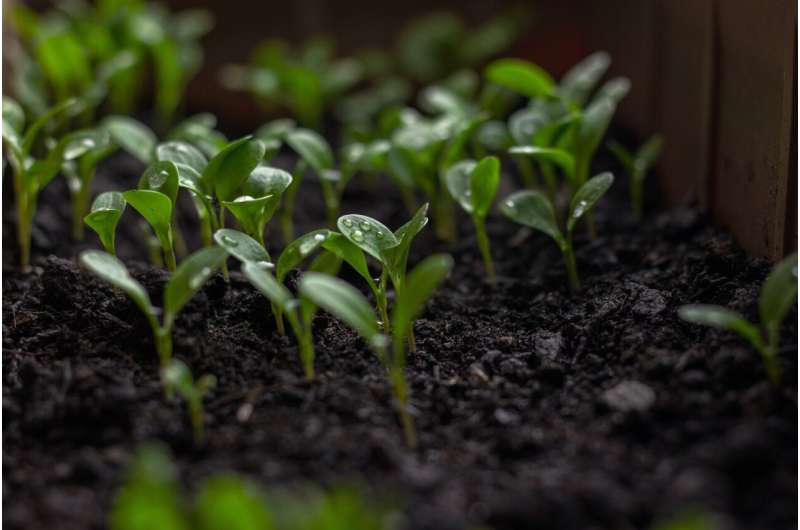This article has been reviewed according to Science X's and . have highlighted the following attributes while ensuring the content's credibility:
fact-checked
trusted source
proofread
Changes in dominance of plant species with high stoichiometric plasticity exacerbate nitrogen鈥損hosphorus imbalance

In terrestrial ecosystems, nitrogen (N) and phosphorus (P) are major nutrients limiting the increase in primary productivity. The imbalance of N and P input may result in a series of ecological results.
The N:P stoichiometry (or N:P ratio) may indicate nutrient imbalance status of specific plants. However, how stoichiometric characteristics (e.g., stoichiometric plasticity or flexibility) of different plant species affect the imbalance of N and P at the community level has not been well studied.
Recently, researchers led by Dr. Lyu Xiaotao from the Institute of Applied Ecology (IAE) of the Chinese Academy of Sciences (CAS), together with researchers from the Institute of Botany of CAS and the University of Sydney in Australia, conducted a long-term nitrogen manipulation experiment study in an Inner Mongolia grassland ecosystem. Their findings were published in Biogeochemistry on March 20.
They found that N addition led to a significant increase in N:P ratio of the plant community as a whole, and the community N and P imbalance could be attributed to the variation in plant species composition.
The N:P ratio of Leymus chinensis and Chenopodium glaucum increased significantly with the increase of soil N:P ratio, showing a high stoichiometric plasticity/flexibility. In addition, the increase in relative dominance/biomass of both plants further exacerbated the imbalance of N and P at the community level.
This study confirms the importance of stoichiometric plasticity of certain plant species in driving the community-level nutrient balance status, and provides in-depth understanding of plant community dynamics in the context of increasing nutrient availability.
More information: Shuang-Li Hou et al, Increases in the dominance of species with higher N:P flexibility exacerbate community N鈥揚 imbalances following N inputs, Biogeochemistry (2023).
Provided by Chinese Academy of Sciences


















